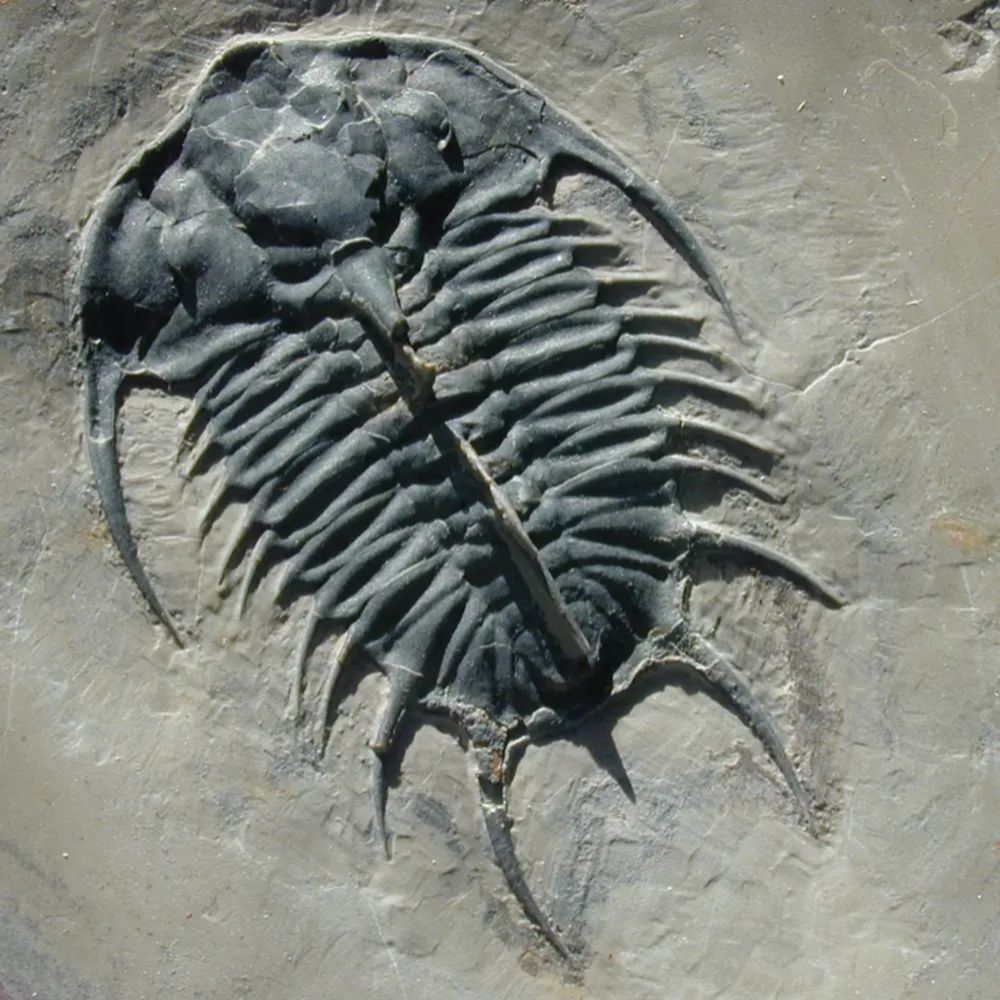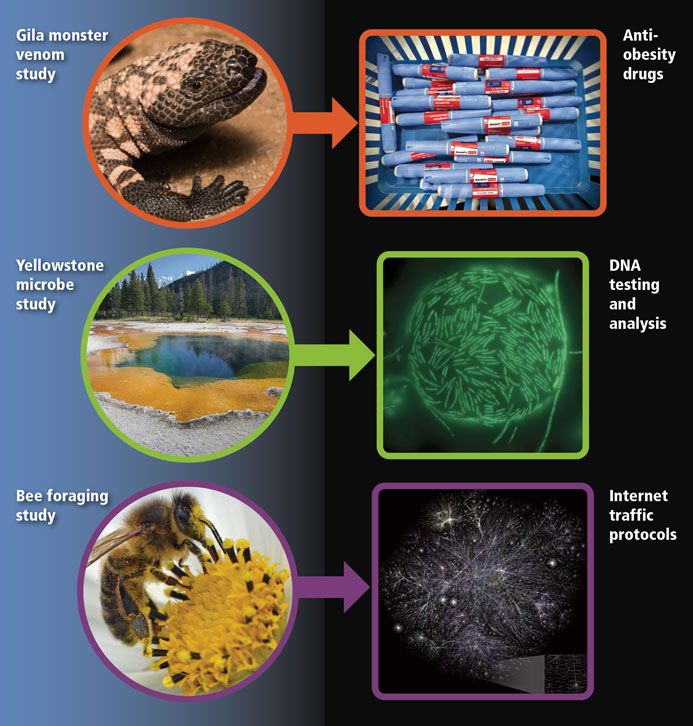
Youtube: shorturl.at/JN148
Bestimmungshilfen: shorturl.at/suwIR
Die Neuen Genomischen Techniken (NGT) bieten ein echtes Potenzial für eine nachhaltige, klimaresiliente & effiziente Landwirtschaft. Wissenschaftliche Studien liefern keine belastbaren Hinweise auf Gefahren, während gleichzeitig/



Die Neuen Genomischen Techniken (NGT) bieten ein echtes Potenzial für eine nachhaltige, klimaresiliente & effiziente Landwirtschaft. Wissenschaftliche Studien liefern keine belastbaren Hinweise auf Gefahren, während gleichzeitig/

Die Natur reagiert exponentiell.
Bei den Korallenriffen ist dieses "halbe Grad" der Unterschied zwischen Dezimierung und Auslöschung.
Das halbe Grad hat entschieden, dass unsere Kinder keine Riffe sehen, sondern nur noch Bilder davon.

Die Natur reagiert exponentiell.
Bei den Korallenriffen ist dieses "halbe Grad" der Unterschied zwischen Dezimierung und Auslöschung.
Das halbe Grad hat entschieden, dass unsere Kinder keine Riffe sehen, sondern nur noch Bilder davon.
/1
/1
Perhaps my American Scientist essay can help!
🧪🌎🦑 #SciComm

Perhaps my American Scientist essay can help!
🧪🌎🦑 #SciComm

Auch heuer setzt #OrangetheWorld ein starkes Zeichen gegen #GewaltanFrauen.
Die Untersuchungsstelle für Gewaltbetroffene der #MedUniWien bietet Betroffenen einen geschützten Raum und professionelle Unterstützung. ⬇️
Today we usually shy away from the dramatic in our writing but maybe that makes science less accessible to humans
📖BS.15/D
Today we usually shy away from the dramatic in our writing but maybe that makes science less accessible to humans
Es ist der Baustein der äußeren Pollenkornwand und der Grund, warum #Pollen viel aushält (Hitze, Kälte, Säure, UV-Strahlung).
Mehr hier:
www.instagram.com/reel/DRbZtdg...
Quelle:
www.frontiersin.org/journals/pla...

Es ist der Baustein der äußeren Pollenkornwand und der Grund, warum #Pollen viel aushält (Hitze, Kälte, Säure, UV-Strahlung).
Mehr hier:
www.instagram.com/reel/DRbZtdg...
Quelle:
www.frontiersin.org/journals/pla...
#Tiefsee würden den Ozean bis an die Oberfläche nachhaltig schädigen. Die Tiefsee-Ökosysteme wachsen langsam, sie brauchen Jahrhundert oder Jahrtausende

#Tiefsee würden den Ozean bis an die Oberfläche nachhaltig schädigen. Die Tiefsee-Ökosysteme wachsen langsam, sie brauchen Jahrhundert oder Jahrtausende
I don't think I have seen a skeletal reconstruction of such a small #pterosaur before!


I don't think I have seen a skeletal reconstruction of such a small #pterosaur before!
c.org/HJW7FVxPwv

c.org/HJW7FVxPwv
Wie überraschend.
#COP30 #Brasilien
Wie überraschend.
#COP30 #Brasilien
academic.oup.com/aob/advance-...
#FossilFriday #paleobotany

academic.oup.com/aob/advance-...
#FossilFriday #paleobotany
Even if an LLM could be trusted to give you correct information 100% of the time, it would be an inferior method of learning it.
Shared by @gizmodo.com: buff.ly/yAAHtHq
Even if an LLM could be trusted to give you correct information 100% of the time, it would be an inferior method of learning it.
#snails #schnecken #natur #nature #artenvielfalt #mollusca #Schnegel




#snails #schnecken #natur #nature #artenvielfalt #mollusca #Schnegel



The fossil, more than 400 million years old, offers hints about the origin of one of the greatest partnerships in the history of life on Earth.
www.nhm.ac.uk/discover/new...

The fossil, more than 400 million years old, offers hints about the origin of one of the greatest partnerships in the history of life on Earth.
www.nhm.ac.uk/discover/new...
#universität #heidelberg #uniheidelberg #sfb #forschung #förderung #dfg #lebenswissenschaften #medizin #mathematik

#universität #heidelberg #uniheidelberg #sfb #forschung #förderung #dfg #lebenswissenschaften #medizin #mathematik
An essential guide for those of us regularly contacted by friends and family with grainy, unfocussed "What's that?" pictures!
An essential guide for those of us regularly contacted by friends and family with grainy, unfocussed "What's that?" pictures!


